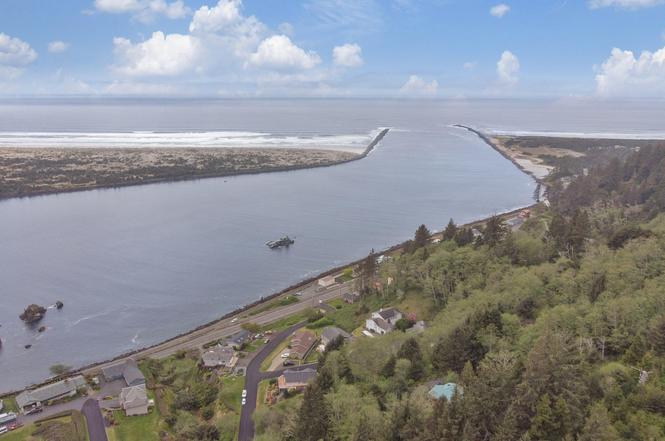

Register for the project listserv to receive newsletters and timely information by emailįollowing the 2013 Flood, the Colorado Water Conservation Board (CWCB) initiated a program to re-map the predicted 1% annual chance flood zone (100-year floodplain) of the most affected waterways (shown in the image above).Learn about the FEMA appeals process for unincorporated Boulder County.Project Newsletter #10 – January 2020 (FINAL ISSUE).At that time, the updated CHAMP mapping will be used for flood insurance rating. Floods can happen anytime of the year, anywhere there is precipitation. We expect the CHAMP Preliminary FIRMs will become effective FIRMs in 2021, pending any appeals received by FEMA. Be mindful as floodwaters do not respect the lines on a map. Visit the interactive web map (use button above) to view FEMA’s Preliminary Flood Insurance Rate Maps (FIRMs) for stream reaches studied by CHAMP. The Preliminary FIRMs were adopted by the BOCC via Docket Z-19-0001.

10, 2020 to reflect changes to the Floodplain Overlay District based on FEMA’s Preliminary Flood Insurance Rate Maps (FIRMs) for stream reaches studied by the Colorado Hazard Mapping Program (CHAMP). The Boulder County Regulatory Flood Risk Zones were updated on Jan.
FLOOD PLAIN ZONE UPDATE
This map will update as new FEMA maps become effective throughout Boulder County and as the Boulder County Board of County Commissioners (BOCC) adopts best available information. The interactive web map (use the button above) shows detailed flood risk zones and related FEMA map amendments that are currently regulated throughout unincorporated Boulder County as Floodplain Overlay Zoning District.
Short-Term Dwelling and Vacation Rental Licensing. Office of Sustainability, Climate Action & Resilience (OSCAR). Hazardous Materials Management Facility (HMMF). Tobacco Education & Prevention Partnership. Help for Someone Abusing Drugs or Alcohol. First-Time Parents (Nurse-Family Partnership). Early Intervention and Prevention Services. Please refer to the MiEnviro Floodplain Service Request guidance for more information. There is no charge for this service, however, depending on workload, the determination may take 4 to 8 weeks. To make such an estimate, the District floodplain engineer will need a map (preferably with a property description) showing the location of the property, an estimate as to how high the property is above the water level of the river, lake or stream, and how far the building site is away from the water. įor site specific questions, the Water Resources Division will provide an estimated 100-year flood elevation. What if a structure is shown in a different flood zone on the new map The new map will not affect continuing insurance policies for a structure built in compliance with local floodplain management regulations and the flood map in effect at the time of construction. For more information on the Flood Hazard Mapping process, see. Get flood hazard regulations and maps for Portland or search all flood maps on the Federal Emergency Management Agency (FEMA) website. View flood insurance rate maps for Portland. Check out FEMA's floodplain mapping website. Information Find a list of Portland floodplain maps. To find your community’s flood map, visit the Flood Map Service Center and search using your property’s address. Each flood zone describes the flood risk for a particular area, and those flood zones are used to determine insurance requirements and costs. Do not rely on this data to determine any actual flooding boundaries in the future. Flood zones are indicated in a community’s flood map. DISCLAIMER: This online tool allows users to look up the Federal Emergency Management Agency (FEMA) Flood Zone locations relative to their property. A community status book may be obtained from FEMA identifying the communities which have a floodplain map developed under the National Flood Insurance Program.įEMA is also in the process of developing digital flood insurance rate maps (DFIRM). Welcome to the MSD’s Know your Flood Zone App. Of the 1776 communities (Cities, villages, and townships) in Michigan, currently about 1,004 communities have floodplain maps that have been developed by FEMA. The primary source of floodplain mapping information in Michigan is the Flood Insurance Rate Maps (FIRMs), which are developed by the Federal Emergency Management Agency (FEMA).






 0 kommentar(er)
0 kommentar(er)
